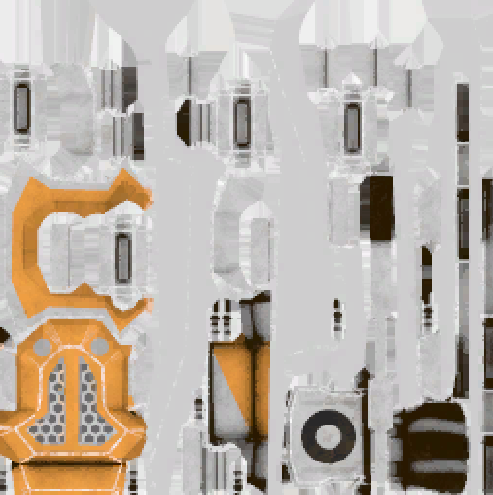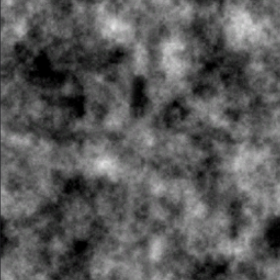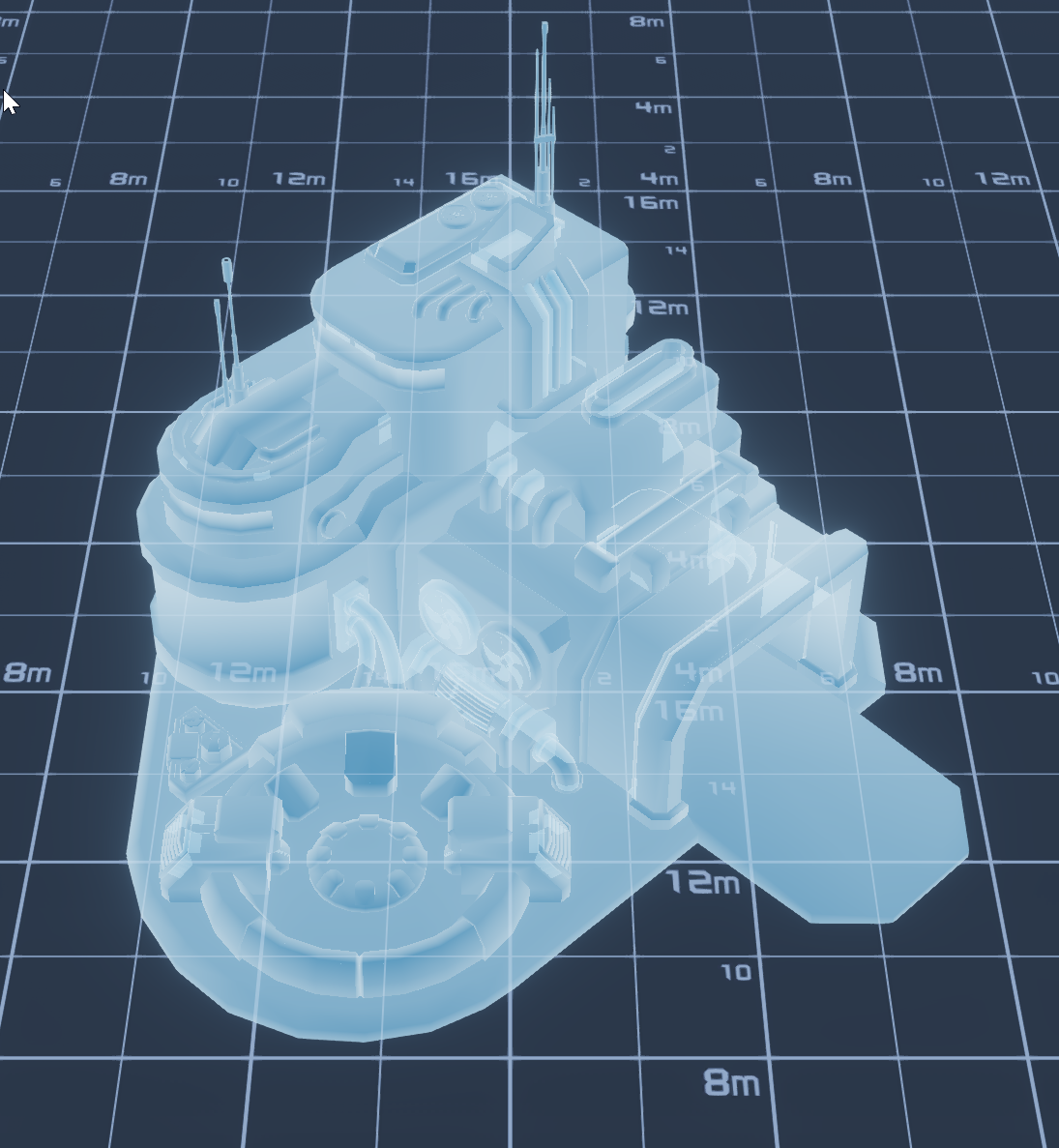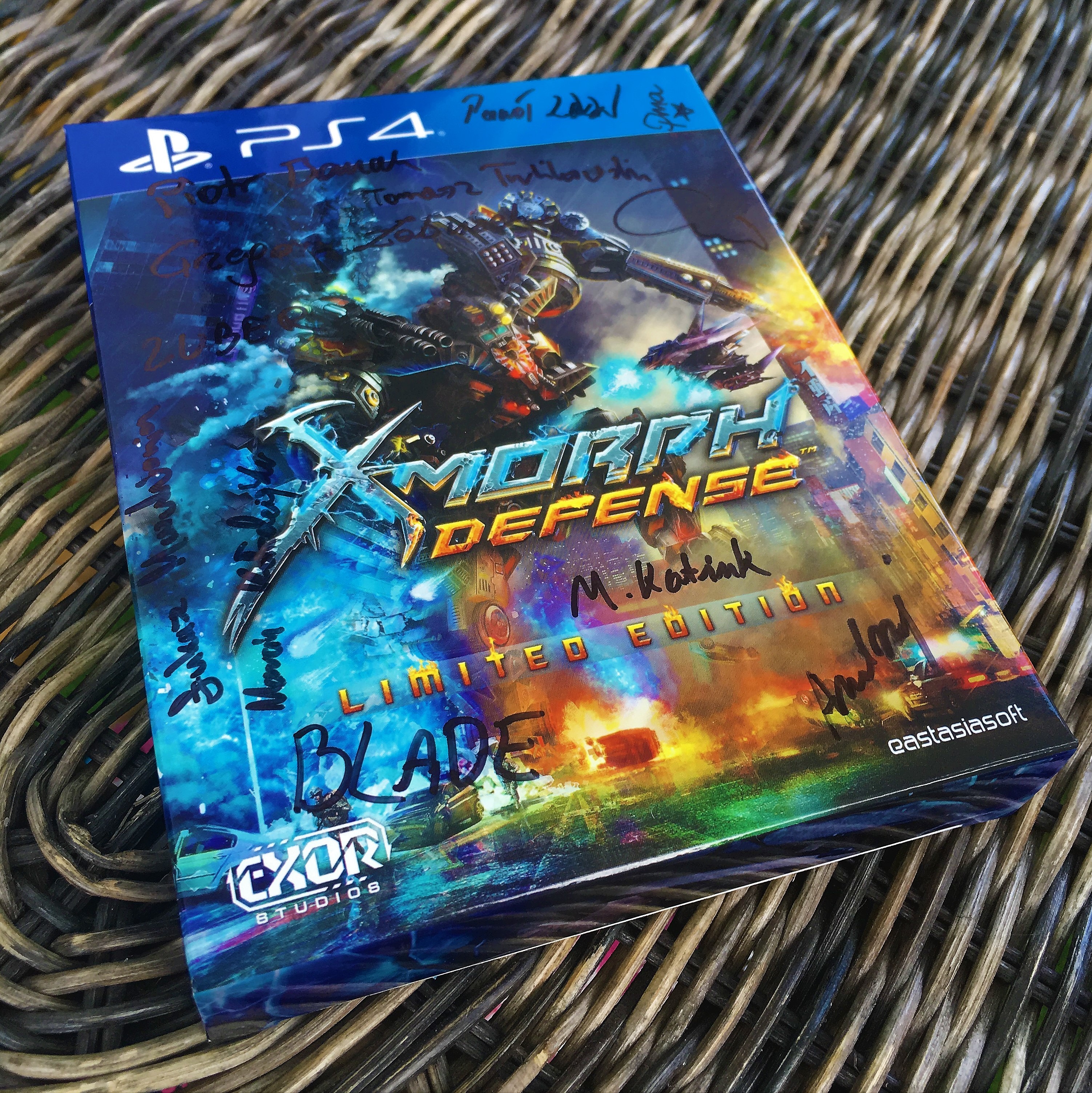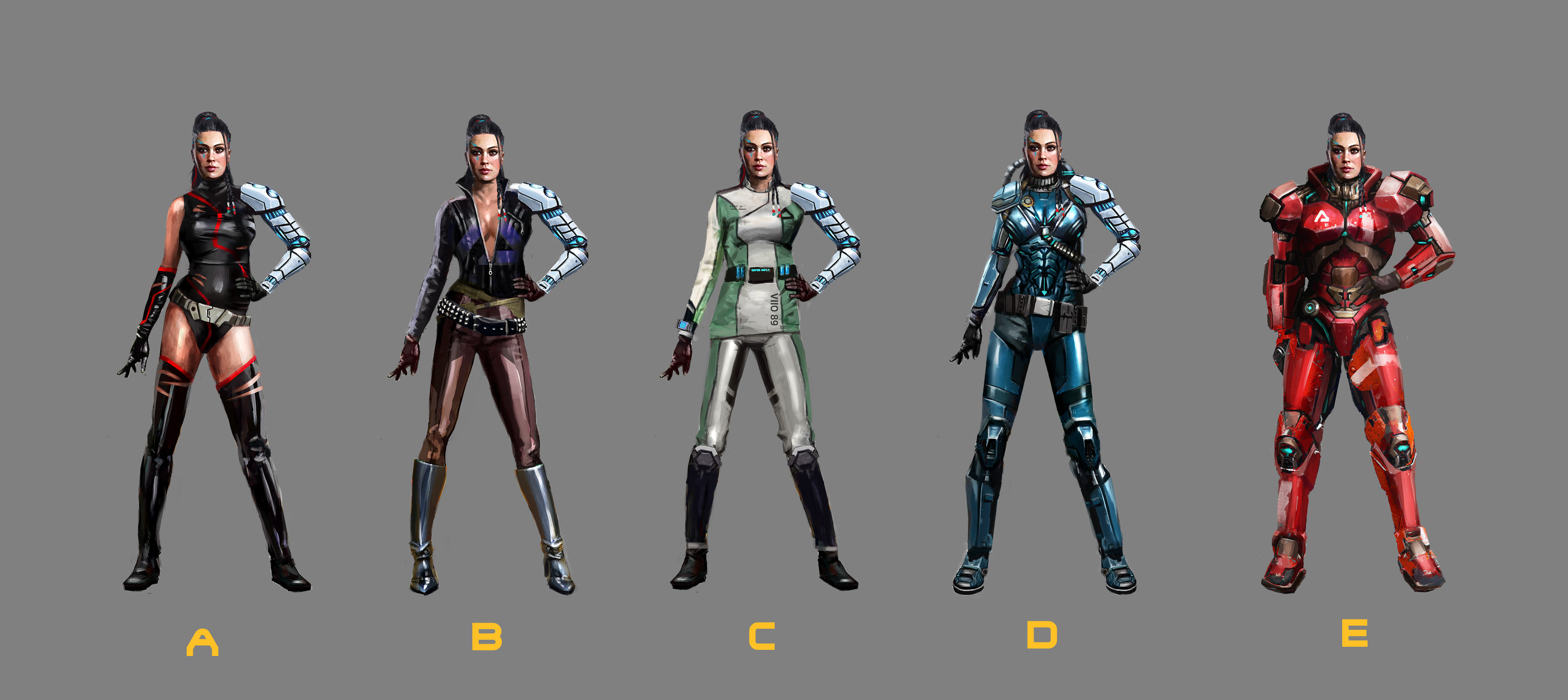
Aug 9, 2019
The Riftbreaker - voidreaver
Hi!
We would like to make a friendly reminder that we are going to stream The Riftbreaker Survival Mode today at 3 PM CEST on our Mixer channel. You can find us here: www.mixer.com/exorstudios
During the stream, we are going to enable the interactive streaming features, giving you, the viewers, the chance to either help us or to make the gameplay much harder for us. You do not need to install anything - it's all going to happen through the MixPlay interface.
If you want to check out what it's going to look like, you can check out the 25-minute video with commentary that was published yesterday. Here's the link:
https://youtu.be/W_OF1TPfix4
We hope you will join us on the stream! All feedback and interaction welcome! After the stream join us for a chat on our Discord server - www.discord.gg/exorstudios We will also upload the VOD to our YouTube channel later. :)
EXOR Studios
We would like to make a friendly reminder that we are going to stream The Riftbreaker Survival Mode today at 3 PM CEST on our Mixer channel. You can find us here: www.mixer.com/exorstudios
During the stream, we are going to enable the interactive streaming features, giving you, the viewers, the chance to either help us or to make the gameplay much harder for us. You do not need to install anything - it's all going to happen through the MixPlay interface.
If you want to check out what it's going to look like, you can check out the 25-minute video with commentary that was published yesterday. Here's the link:
https://youtu.be/W_OF1TPfix4
We hope you will join us on the stream! All feedback and interaction welcome! After the stream join us for a chat on our Discord server - www.discord.gg/exorstudios We will also upload the VOD to our YouTube channel later. :)
EXOR Studios





